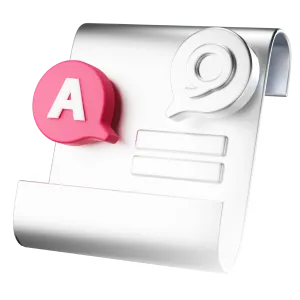How much does it cost to replace a wheel bearing?
Wheel bearings are a workhorse. They are crucial to your vehicle’s steering, handling and suspension because they join the wheel to the axle, enabling it to turn with limited friction. Replacing one wheel bearing can cost $350 or more on average in parts and labor, which means replacing all four in your car could cost more than $1,400.
What influences the replacement cost?
Your vehicle’s make and model, the type of bearings and parts used, labor rates, and where you have it serviced all factor into the cost you’ll pay for a wheel bearing replacement.
What is the cost for parts?
Hub style wheel bearings, the most common version used in modern vehicles, cost around $80 to $300 each. Don’t be alarmed if your mechanic says you need a new hub assembly, as this just means that the wheel bearings were installed inside the hub assembly at the factory, making it one complete part.
The range of the cost of labor for a wheel bearing replacement should be approximately $150 to $200, but auto mechanic labor costs can vary wildly depending on the region and the level of expertise needed to fix the problem.
How do I know if my wheel bearing needs to be replaced?
- Hearing noise coming from one or some of the wheels of your car while you’re driving is a big tell. Wheel bearings that are in bad condition may make droning, grinding, or clicking sounds.
- If your wheels feel shaky while driving, it could be another signal that the bearings may have deteriorated.
- Another indication is that your steering feels loose or shaky, or that the car veers to one side of the road.
- Lastly, the ABS light should appear on your dashboard when you have a faulty wheel bearing.
Can I fix my own wheel bearings?
Worn-out or damaged wheel bearings cannot be repaired and instead need to be replaced, ideally by a professional mechanic.
Grease and a seal are crucial for protecting a wheel bearing. The seal keeps the grease clean from dirt and moisture. If it begins to deteriorate, the grease can become compromised, which may cause the wheel bearing to overheat and become faulty.
If a mechanic determines that any of your wheel bearings are worn out, you’ll want to have them replaced as soon as possible to avoid further damage to your vehicle.
What happens if I don’t replace a worn-out wheel bearing?
Once the condition of your front or rear wheel bearings breaks down, your tires will wear out faster and can do so unevenly. Braking issues can occur. You also risk having your wheels lock up, which could lead to axle damage and other dangerous issues that are not worth the risk. Driving with a faulty wheel bearing is a safety hazard and not recommended.
Should I replace all four wheel bearings if only one is bad?
You don’t need to replace all four if one is faulty. You can just replace the single bad bearing—you don’t need to do the replacement in pairs like you would with new tires.
What can cause damage to a wheel bearing?
Road conditions like potholes, speed bumps, dirt, and sand can wear down the seal over time. Wheel bearings are designed to last a long time, often more than 100,000 miles, and don’t require routine maintenance. But once they show signs of wearing out, you’ll want to replace them as soon as you can get your car to a mechanic. The cost will vary depending on several factors, so call a few shops and ask for an estimate for the replacement for your vehicle’s make and model—and don’t delay getting it replaced.

Andrea Richard is a writer and editor with nearly 15 years of experience crafting content for a variety of industries. In writing for Jerry, Andrea’s mission is to deliver relatable and informative content so readers can better understand the costs associated with car ownership and car leasing. A native Floridian and a road trip enthusiast, Andrea first learned to drive on a Honda Accord when CDs were still a thing. She has served on the Society of Professional Journalists Florida board of directors and volunteers as a judge for national journalism contests. Her work has earned several awards for feature writing, investigative reporting and branded content campaigns.

Everett Cook is an award-winning journalist and editor with more than 10 years of experience across a variety of industries. In editing for Jerry, Everett’s mission is to help readers have a better understanding of the costs of owning or leasing a car and to better understand their vehicle in terms of insurance and repairs. Prior to joining Jerry, Everett was an editor for Axios. His previous work has been featured in The New York Times, The Los Angeles Times, The San Francisco Chronicle, The Atlantic, Atlantic Re:think, The Boston Globe, USA Today, and others. He’s also been a freelance writer and editor with experience in SEO, audience building, and long-term content roadmaps. Everett is a proud graduate of the University of Michigan.








